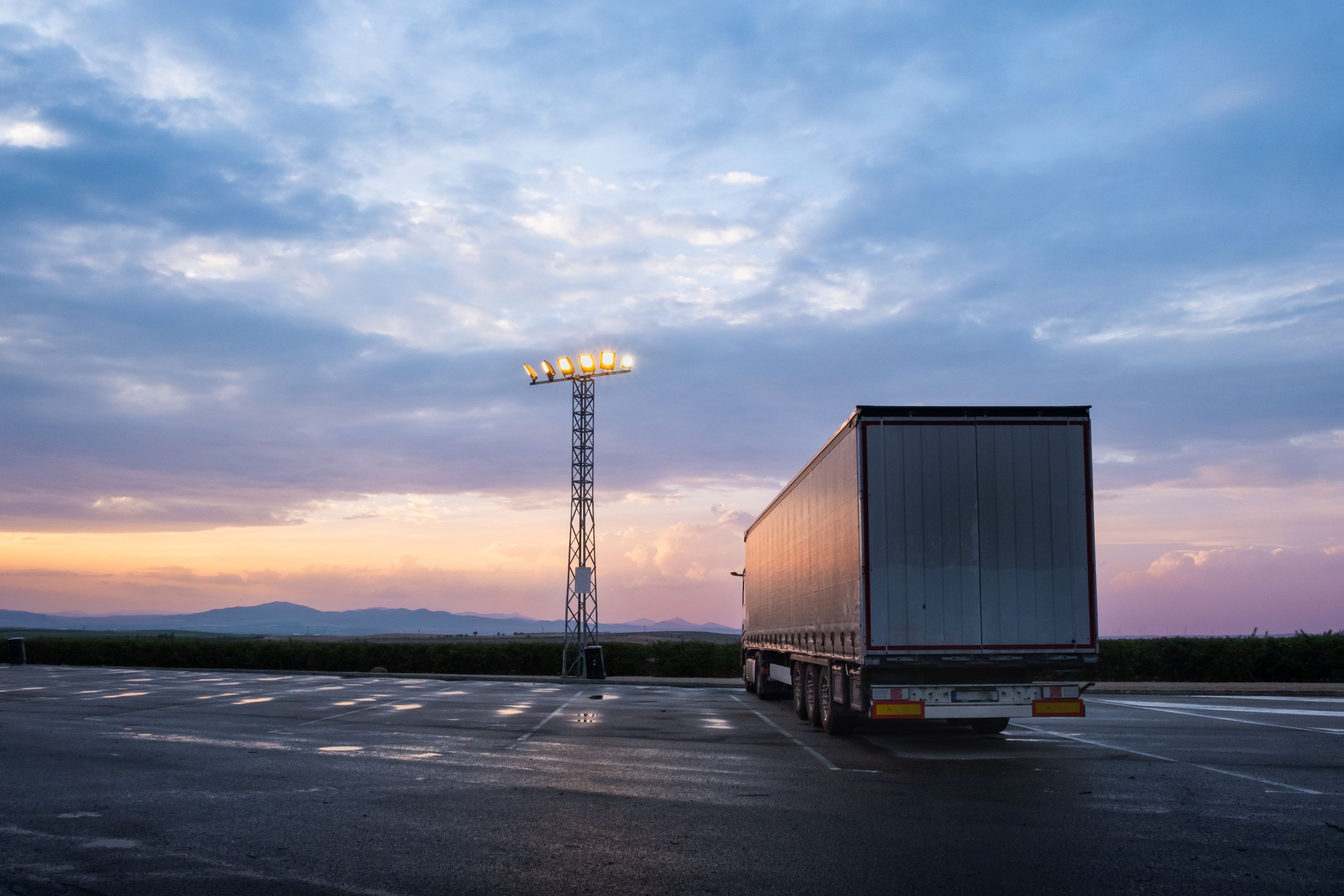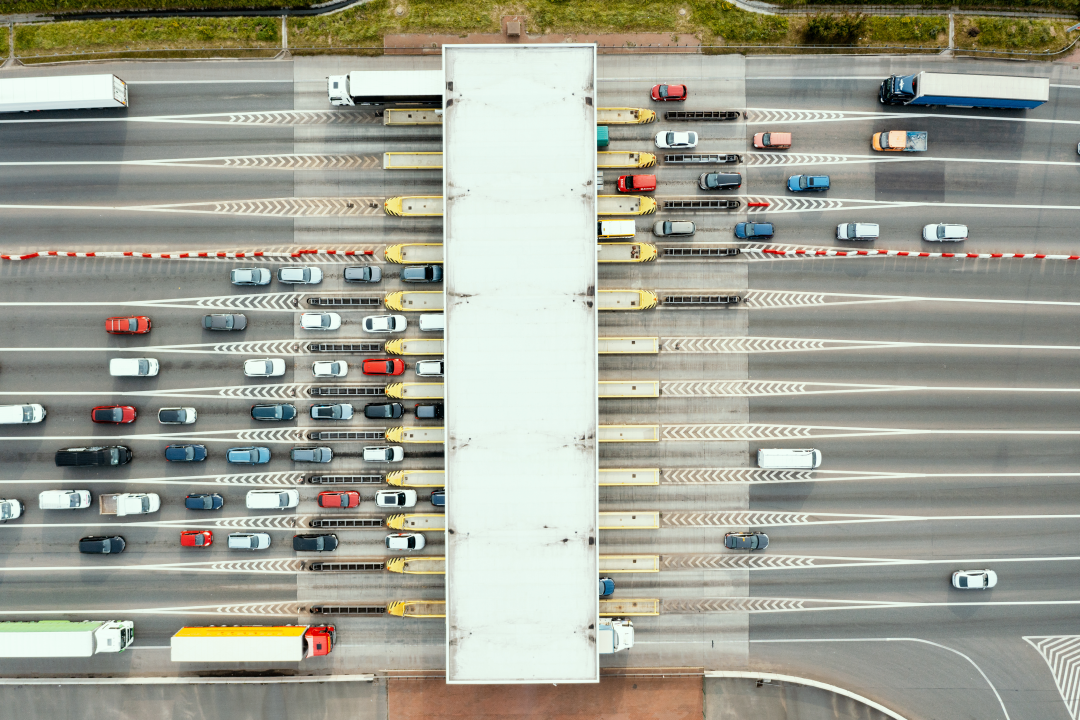
Guest
De gevolgen van de stroomstoring op het Iberisch schiereiland in 2025 voor het wegvervoer
Gemaakt: 04-06-2025
•
Bijgewerkt: 04-06-2025
Op 28 april 2025 trok een wijdverspreide stroomstoring over het Iberisch schiereiland, waardoor miljoenen huizen, bedrijven en openbare diensten in Spanje en Portugal zonder elektriciteit kwamen te zitten. De stroomstoring in Spanje en Portugal, die om 12.33 uur lokale tijd begon, trof grote steden zoals Madrid, Barcelona, Lissabon en Porto, en grote delen van de omliggende regio's. In sommige gebieden kwam de stroom binnen vier tot vijf uur terug. In sommige gebieden was er binnen vier tot zes uur weer stroom, in andere duurde de storing tot ver in de volgende ochtend.
Hoewel de precieze oorzaak nog wordt onderzocht, suggereren de eerste berichten dat een storing in het grensoverschrijdende transmissienetwerk de elektriciteitsstroom over beide nationale netten heeft verstoord. De gevolgen waren snel en wijdverspreid: treindiensten werden stilgelegd, vliegtuigen werden aan de grond gehouden, ziekenhuizen en openbare diensten werden getroffen en de digitale infrastructuur werd lamgelegd. Voor de transport- en logistieke sector was de uitdaging onmiddellijk en raakte elk aspect van de activiteiten op de weg, van vracht- en brandstoftoevoer tot verkeerscontrole en het welzijn van de chauffeurs.
"Wanneer de stroom uitvalt, doen veel van de systemen waarop we vertrouwen om de wegen veilig te houden dat ook - van verkeerslichten en bewegwijzering tot communicatie," zegt Raquel Martinez, European Sales Manager bij SNAP. "Voor zowel chauffeurs als wagenparkbeheerders heeft de stroomstoring van 2025 duidelijk gemaakt hoe snel routinematige ritten een hoog risico kunnen worden en hoe belangrijk het is om te weten waar chauffeurs kunnen stoppen om de veiligheid van zichzelf en hun lading te waarborgen."
Vertragingen in vrachtvervoer
Voor transportbedrijven was het eerste en meest urgente probleem de opschorting van het vrachtvervoer. Over het hele Iberische schiereiland vertraagden de activiteiten in magazijnen, fulfilment centers en cross-docking hubs of vielen ze helemaal stil. Ook internationale transporten werden getroffen, waarbij vrachtwagens aan de grens werden vastgehouden terwijl de autoriteiten probeerden de basisverkeerscontrole te herstellen en de verkeersveiligheid te garanderen.
Toen het goederenvervoer per spoor tot stilstand kwam, probeerden sommige vervoerders de lading naar het wegennet te verplaatsen, maar dit bracht zijn eigen beperkingen met zich mee. Verstopte routes, verkeerssystemen die niet werkten en gebrekkige toegang tot brandstof zorgden ervoor dat het wegtransport de vraag niet kon verwerken. Het duurde enkele dagen om de achterstand weg te werken en de betrouwbaarheid van de bevoorradingsketen te herstellen.

Tol, verkeer en technologische storingen
De stroomstoringen op het Iberisch schiereiland lieten ook zien hoe afhankelijk de moderne infrastructuur is van digitale systemen. Verkeerslichten in grote steden gingen op zwart, waardoor files ontstonden en de kans op ongelukken toenam. Elektronische bewegwijzering, snelwegsensoren en slimme routesystemen vielen allemaal uit, waardoor bestuurders geen real-time begeleiding en updates meer hadden.
Ook tolpoorten werden getroffen. Omdat automatische slagbomen en elektronische betaalsystemen buiten werking waren, moest het personeel in sommige gebieden de slagbomen handmatig openen of contant geld innen. Dit leidde tot vertragingen op belangrijke routes, gederfde inkomsten voor de tolexploitanten en zorgen over de integriteit van het systeem zodra de stroom was hersteld.
Brandstofschaarste
Een van de duidelijkste tekenen van de afhankelijkheid van de sector van elektriciteit kwam bij de benzinepompen. Toen de stroom uitviel, werden tankstations in heel Spanje en Portugal gedwongen te sluiten. De pompen en betalingssystemen werkten niet meer, waardoor slechts een klein aantal tankstations met noodaggregaten overbleef om klanten te bedienen. Deze werden al snel overspoeld, wat leidde tot lange rijen en, in veel gevallen, chauffeurs die zonder brandstof kwamen te zitten.
De verstoring breidde zich ook stroomopwaarts uit, met havenfaciliteiten en brandstofdistributienetwerken die niet op normale capaciteit konden werken, waardoor het vervoer van brandstof naar gebieden in het binnenland vertraging opliep en de bevoorradingsproblemen nog groter werden.
EV's en oplaadinfrastructuur
Voor exploitanten van elektrische voertuigen vormde de storing een bijzondere uitdaging. Het opladen van EV's in Spanje en Portugal viel uit, waardoor EV's onbruikbaar werden tenzij ze al voldoende opgeladen waren om hun route te voltooien. Zonder toegang tot opladen werden sommige leveringen opgeschort en werden elektrische voertuigen tijdelijk van de weg gehaald.
Voor logistieke bedrijven die de overstap naar elektrische vloten overwegen, onderstreepten de stroomonderbrekingen in het Iberisch schiereiland het belang van noodplannen en back-upinfrastructuur om de activiteiten tijdens netwerkstoringen in stand te houden.

Welzijn van chauffeurs
Misschien wel de grootste zorg was het welzijn van de chauffeurs. Rustplaatsen en servicestations werden in duisternis gedompeld - velen zonder verlichting, verwarming, warm eten of functionerende toiletten. Sommige chauffeurs hadden geen veilige plek om te rusten tijdens gedwongen vertragingen.
Communicatie was een ander groot probleem. Omdat mobiele netwerken verstoord waren, hadden chauffeurs moeite om contact op te nemen met depots, ondersteuning te vragen of verkeersupdates te krijgen. Voor velen was de lokale radio de enige betrouwbare bron van informatie. De situatie herinnerde ons eraan hoe kwetsbaar de sector kan zijn wanneer kritieke infrastructuur uitvalt.
Lessen voor de toekomst
Hoewel de stroomstoring in Spanje en Portugal op de meeste plaatsen minder dan 24 uur duurde, was de verstoring van het wegtransport en het vrachtvervoer aanzienlijk. De gevolgen van de stroomuitval voor de logistiek hadden betrekking op alles, van brandstoftoevoer en veerkracht van de infrastructuur tot paraatheid in noodsituaties en het welzijn van chauffeurs. De stroomstoring heeft echter ook een hernieuwde discussie op gang gebracht over hoe wagenparkbeheerders de bedrijfscontinuïteit kunnen verbeteren en hun mensen kunnen beschermen in het geval van soortgelijke gebeurtenissen.
Het opstellen en testen van een robuust bedrijfscontinuïteitsplan is een belangrijke eerste stap. Dit plan moet betrekking hebben op communicatieprotocollen, toegang tot brandstof, alternatieve routes en de inzet van voertuigen. Waar mogelijk moeten vooraf alternatieve schema's en leveringspartners worden vastgesteld, vooral voor tijdgevoelige of kritieke ladingen.
Het ondersteunen van het welzijn van de bestuurder is cruciaal in situaties als deze. Noodpakketten - met snacks, water, zaklampen, powerbanks en reflecterende kleding - kunnen geruststelling en praktische hulp bieden.
"Exploitanten willen misschien ook de faciliteiten op depots herzien om ervoor te zorgen dat chauffeurs een veilige plek hebben om te rusten, vooral tijdens langere vertragingen," zegt Raquel. "Weten dat er een netwerk van truckstops in de regio is, zoals ons partnernetwerk, kan de zekerheid bieden dat er ergens gestopt kan worden tot de stroom terugkeert.
"Stroomstoringen van deze omvang zijn misschien zeldzaam, maar het risico is reëel. Exploitanten moeten nadenken over hoe ze veerkracht kunnen opbouwen en zich kunnen aanpassen aan situaties om te kunnen blijven rijden - van het veiligstellen van toegang tot brandstof tot het opnieuw evalueren van routeplanning en rustvoorzieningen tijdens noodsituaties."
Mobiliteitsdiensten van SNAP in Spanje
We hebben een uitgebreid netwerk van truckstops en servicepunten in heel Spanje en Europa. Bezoek onze interactieve kaart om te zien waar u onze partners vandaag kunt vinden



